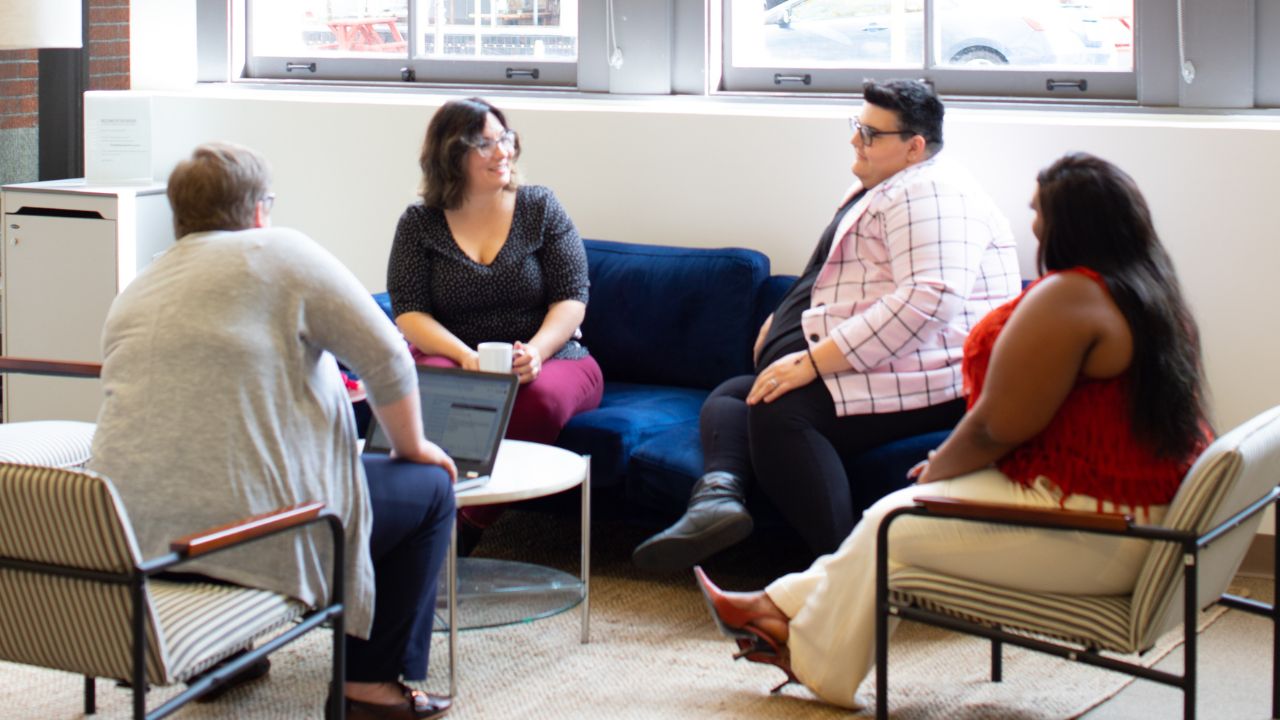Let’s be honest – a lot of industries have an aversion to hiring from outside of its own. It’s easier to hire someone for a banking position with a banking background. FMCG? maybe someone with experience in retail or dealing with the nuances of the big box retailers. What about NFP? Someone that has worked within the sector seems like the right choice because then you can assume a base level of understanding. I get it; that makes complete logical sense – however it begs the question – how do we encourage divergent thinking in organisations if we are always hiring people whose only exposure is within the same industry?
I am a firm believer that customers expect every organisation to provide an amazing experience – our competition is no longer just in the sector within which we operate. To ensure we can deliver to changing expectations, we also need to widen our recruitment pool.
My challenge to the team is to recruit people that understand the nuances of leadership, empathy, dealing with change and transformation and working within a team. These things trump sector experience for me. I have been fortunate to be successful in roles across various industries; telecommunications, pharmaceutical, health and wellness and now NFP, working for leaders who were willing to think outside the cookie cutter approach.
But how in the world do you test for these things when hiring? What do you need to look for when attracting talent to the NFP sector?
This is what I look for when hiring for Australian Red Cross and encourage my leaders to do the same:
1. Hire people that are smarter than you – no, really, I mean it. You have to remember your role as a leader is to co-ordinate an orchestra. You need each of the people within the orchestra to be better at their job than you will ever be at it.
2. Hire people that are comfortable with change – now people will say they are, but dig deep here, ask clarifying questions… with the ever-changing needs of customers, adaptability is a strength you want in your organisation.
3. Hire people that are resilient – I can’t tell you how important it is to ensure your team have the grit, stamina and determination to overcome setbacks, road blocks or just dealing with complexities.
4. Hire people that really want to work for your organisation (or you) – people that want to connect with your brand, mission and what you want to achieve. Alignment of values and approach is critical.
In my 20 year career and in my most recent 2 ½ years with Red Cross, I have made enough mistakes to now stick diligently to the above and what I know best.
It’s also important to respect people for what they each bring to the organisation – whether it’s for a short time or for a longer period, as long as outcomes are aligned, success will virtually be guaranteed.
At Australian Red Cross, we have undergone a significant period of change. We have moved to a customer centric fundraising approach, we have developed a story telling approach to marketing and we have undergone operational changes in our first aid and retail businesses. We have set up an agile approach to working – across the whole of the Engagement and Support team supporting our Customer care team to deliver an exceptional experience. We have a partnerships team looking to engage with businesses and governments to support ongoing work and a team of volunteer data scientists enabling us to continue to work smarter. The range of skills needed to deliver all of our organisations outcomes are vast – and all opinions are welcome.
At the end of the day, we are working at Red Cross to help the organisation deliver its purpose: We support and empower people and communities in times of vulnerability; to reduce suffering across Australia and internationally through mobilising the power of humanity.



